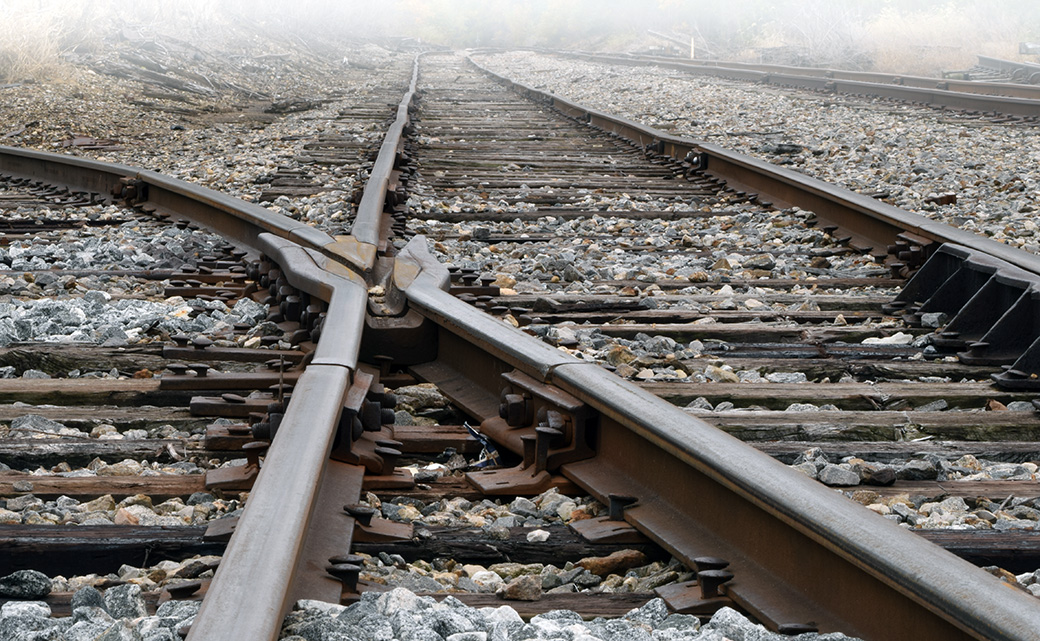
Will you follow the dogma of convention or another path?
Convention says track is:
• A means to an end.
• Any track will do as long as it’s cheap.
• Appearance is nice but secondary to operation. Just get it down and let the trains roll.
Context Influences Our Choices
The context of larger and more complex layouts is one of compromise. Given the volume of work required for every aspect it’s understandable how attractive shortcuts appear. When I worked in HO, I used flextrack with scratchbuilt turnouts. It was hard to blend the appearance of the two seamlessly but I did what I could and just lived with it. It’s important to understand that compromise comes with a cost. Commercial turnouts are fast and easy to lay but limited sizes and cost are an issue. Commercial track can also look generic since important details can be crude or missing altogether. If you want more realism, you can spend just as much time and effort detailing commercial flextrack as you would with handlaid.
If you’re okay with that, you can stop reading now but if you want more from your track, then read on.
What’s Your Context?
Understanding your own context about railroading enables you to move forward with the confidence that your choices will be satisfying. My ongoing journey with the craft has led me to keep looking for ways to improve on the appearance of my track. I finally realized that HO wasn’t going to let me do what I wanted in terms of track modeling and so I switched to quarter-inch scale.
The track on my former Indiana & Whitewater was the culmination of that life-long pursuit. I still remember the day I drove the last few spikes and the feeling of accomplishment that welled up within me. I’d never experienced anything like that with the craft before and I wanted more of that feeling. In the years since, I’ve continued to study track and push my skills farther because there is so much to learn.
As a modeler, I treat my subject like an artist treats a portrait. I believe it’s important to study a subject thoroughly and I never get tired of looking at track or wondering how I can improve my techniques for modeling it. Last September I wrote a four-part essay on full-size track that covered the right-of-way, ballast structure, track color and turnouts. If you’re new to the blog, starting with Part One, you can read those posts here.
Modeling track accurately brings other benefits such as:
• The ability to model its distinctive character.
• Quality that is consistent.
• A richer more engaging experience of the craft.
For modelers who value artistry and craft in their work, this series outlines the why of modeling accurate track and how it strengthens our images of railroading in miniature. Next week the first post looks at how varied the details of full-size track can be within a small area and how modeling those variations can enhance the realism of your own track.
You can also learn the full story of track modeling from my book Detailing Track. Volume Seven of The Missing Conversation is also dedicated to track modeling. If you’ll forgive my immodesty, They’re both good resources that I’m especially proud of.
Regards,
Mike
0 Comments